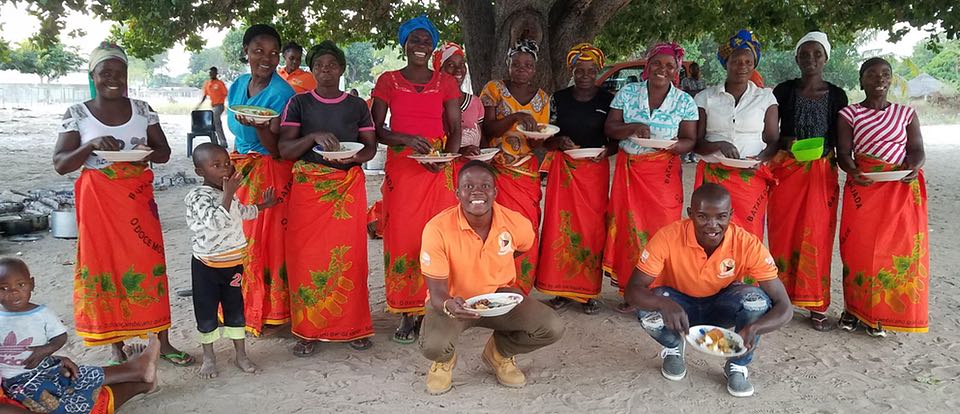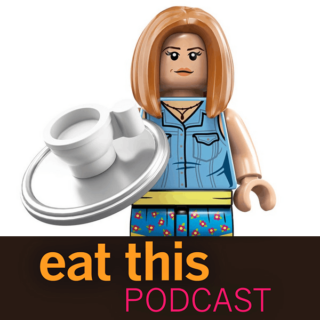
Podcast: Play in new window | Download (Duration: 27:33 — 22.1MB)
Subscribe: Google Podcasts | Spotify | Android | RSS | More
 There is more to good nutrition than calories and protein. The realisation that you can be perfectly well fed, maybe even too well fed, and yet still malnourished, is relatively recent. It often goes by the name hidden hunger, and reflects a lack of essential micronutrients in the diet. Tackling the lack of micronutrients is tricky because people do not really feel their hidden hunger. “No-one wakes up saying ‘I crave vitamin A today’,” as a recent paper put it.
There is more to good nutrition than calories and protein. The realisation that you can be perfectly well fed, maybe even too well fed, and yet still malnourished, is relatively recent. It often goes by the name hidden hunger, and reflects a lack of essential micronutrients in the diet. Tackling the lack of micronutrients is tricky because people do not really feel their hidden hunger. “No-one wakes up saying ‘I crave vitamin A today’,” as a recent paper put it.
That paper looks back over the 25-year history of the most successful effort to feed hidden hunger to date: the introduction of orange-fleshed sweet potatoes to subSaharan Africa. The beta-carotene that makes sweet potatoes orange is the precursor of vitamin A, one of the most important micronutrients. In this episode, I’m talking to Dr Jan Low, who has worked on orange-fleshed sweet potato from the start.
Notes
- The paper by Jan Low and Graham Thiele is Understanding innovation: The development and scaling of orange-fleshed sweetpotato in major African food systems and, oh joy, it is freely available.
- Banner photograph by Benjamin Rakotoarisoa.
- As mentioned in the episode, as an experiment I am going to try and provide a transcript, at least for a little while. Find it here.
- Work on vitamin-A rich sweet potatoes is carried out under the CGIAR Research Program on Roots, Tubers and Bananas (RTB).


 Last episode, Jonathan Morris told me about the rise of coffee culture in Italy and how that changed as it made the move to London. Even long after the first proper espresso machines appeared in Soho, the UK was not a huge coffee drinker. Not so the United States, where coffee became an essential drug for the Union during the Civil War. In this episode, Jonathan Morris tells me how the habit lingered and grew into the bottomless cup of diner coffee. Along the way, we talked about Starbucks and about Friends, and the true history of the flat white.
Last episode, Jonathan Morris told me about the rise of coffee culture in Italy and how that changed as it made the move to London. Even long after the first proper espresso machines appeared in Soho, the UK was not a huge coffee drinker. Not so the United States, where coffee became an essential drug for the Union during the Civil War. In this episode, Jonathan Morris tells me how the habit lingered and grew into the bottomless cup of diner coffee. Along the way, we talked about Starbucks and about Friends, and the true history of the flat white.